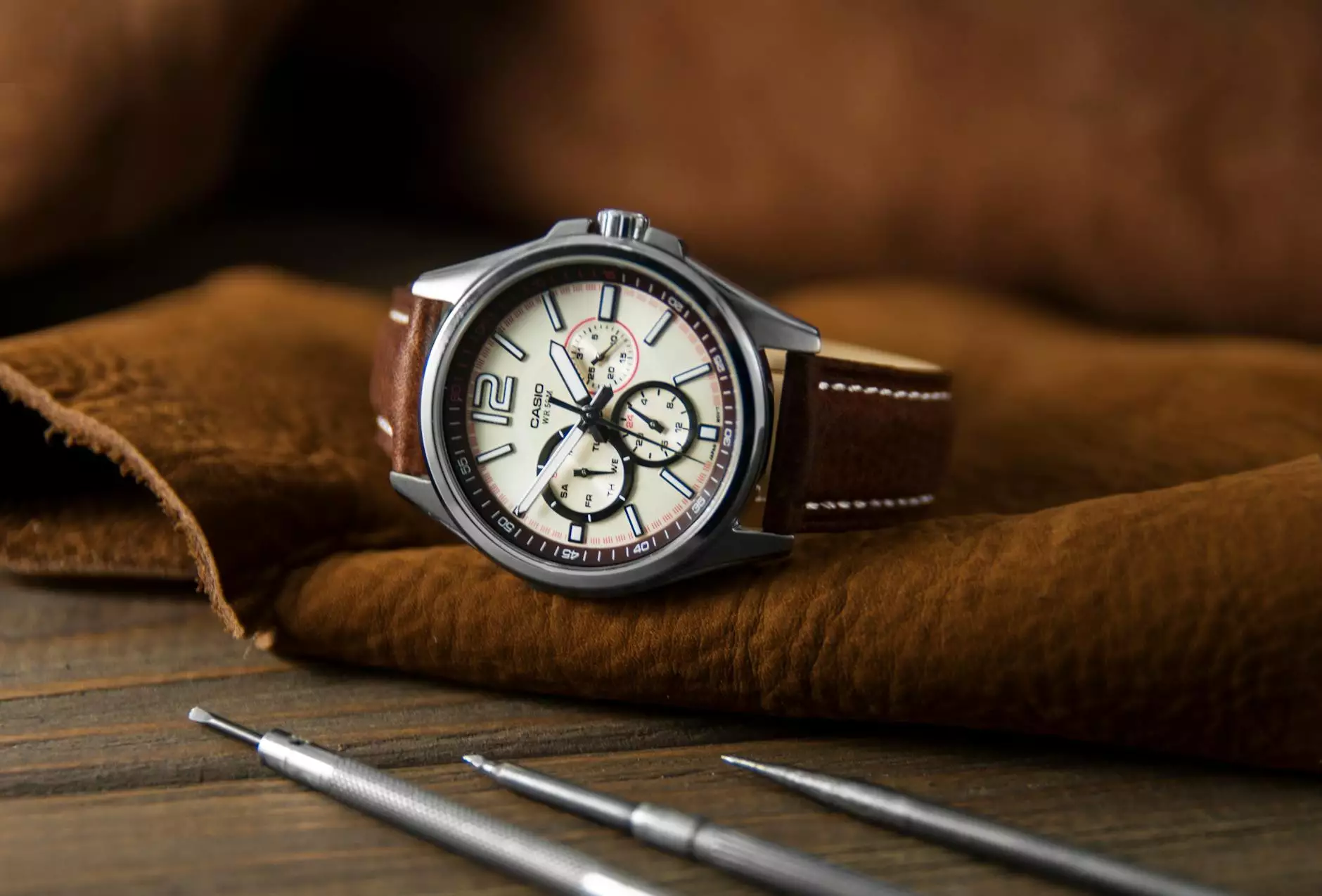How to Mix Semaglutide with Bacteriostatic Water: A Comprehensive Guide

Semaglutide has emerged as a popular medication among individuals looking to manage weight and support metabolic health. When prescribed, it is typically in a concentrated vial that needs to be properly mixed with bacteriostatic water for safe administration. In this detailed guide, we will delve into the steps and considerations involved in mixing semaglutide with bacteriostatic water, ensuring you have all the information needed for effective use.
Understanding Semaglutide and Its Uses
Semaglutide is an injectable prescription medication primarily used for type 2 diabetes management, but it has also been shown to aid in significant weight loss for patients with obesity. This peptide works by mimicking the GLP-1 hormone, which plays a role in appetite regulation and insulin secretion.
The Importance of Bacteriostatic Water
Bacteriostatic water is a sterile water solution that contains a small amount of benzyl alcohol. It is widely used in medical settings to dilute medications for injection. The inclusion of benzyl alcohol serves as a preservative, preventing bacterial growth, thus ensuring that the solution remains safe for use over time.
Key Benefits of Using Bacteriostatic Water
- Prevents Contamination: The use of bacteriostatic water minimizes the risks of bacterial contamination.
- Extends Shelf Life: Adding bacteriostatic water to medications prolongs their usable period.
- Ensures Stability: It helps maintain the chemical stability of certain medications, including semaglutide.
Tools and Materials Required
Before embarking on the mixing process, gather the following materials:
- Semaglutide vial
- Bacteriostatic water
- Syringe and needles
- Alcohol swabs
- Sharps container
- Gloves (optional, but recommended for hygiene)
Steps to Mix Semaglutide with Bacteriostatic Water
Step 1: Prepare Your Workspace
To ensure a sterile environment, clean a flat surface with an alcohol wipe and organize all your materials within reach. This minimizes the risk of contamination.
Step 2: Clean the Vials
Using an alcohol swab, gently wipe the tops of both the semaglutide vial and the bacteriostatic water vial. This step is crucial for maintaining a sterile mixture.
Step 3: Draw Bacteriostatic Water
Using a sterile syringe and needle, draw the prescribed amount of bacteriostatic water. The typical volume for dilution ranges from 1 to 2 mL, but always refer to your healthcare provider’s instructions.
Step 4: Inject into Semaglutide Vial
Insert the needle through the rubber stopper of the semaglutide vial. Slowly inject the bacteriostatic water into the vial. Aim for the side of the vial rather than injecting directly onto the medication, as this minimizes disturbance.
Step 5: Gently Swirl the Vial
After adding the water, gently swirl the vial to mix the semaglutide and bacteriostatic water. Avoid shaking the vial vigorously, as this can damage the peptide and affect its efficacy.
Step 6: Draw the Mixed Solution
Once fully mixed, use a new sterile syringe to draw the required dose of the mixed semaglutide solution. Replace the needle on the syringe with a new one for injection to prevent contamination.
Step 7: Dispose of Waste Properly
Dispose of any used needles and syringes in a sharps container. This step is vital for ensuring safety and preventing needle-stick injuries.
Dosage Considerations
Dosage should always be guided by a healthcare professional. Typically, semaglutide is administered once weekly. However, your specific needs and health conditions will dictate the appropriate dosage. It is essential to adhere strictly to the prescribed amounts to avoid complications.
Common Mistakes to Avoid
- Not Cleaning Vials: Failing to clean the vial tops increases the risk of contamination.
- Incorrect Dilution: Ensure that the proper amount of bacteriostatic water is added; too much or too little can impact efficacy.
- Using Non-Sterile Equipment: Always use sterile needles and syringes for mixing and injection to minimize infection risk.
Storage Guidelines
After mixing semaglutide with bacteriostatic water, it is important to store the solution properly. Store the vial in a refrigerator at temperatures between 36°F and 46°F (2°C to 8°C) and use it within 28 days for optimal effectiveness. Avoid freezing the solution.
Potential Side Effects and Considerations
While semaglutide can be beneficial, it may also cause side effects in some individuals. Common side effects include:
- Nausea
- Diarrhea
- Constipation
- Headache
- Fatigue
If any severe reactions occur, such as allergic reactions or significant gastrointestinal issues, seek medical attention promptly.
Consulting Healthcare Professionals
Before starting semaglutide, it is crucial to have an open discussion with your healthcare provider. They can provide tailored advice based on your health history and weight management goals. Regular check-ups and consultations will ensure that treatment is effective and safe.
Conclusion
In conclusion, knowing how to mix semaglutide with bacteriostatic water is essential for anyone considering this treatment for weight management or diabetes. Adhering to proper mixing techniques, understanding dosage, and being aware of potential side effects will facilitate a safer experience. Always prioritize health and seek guidance from qualified professionals to achieve the best possible outcomes on your wellness journey.
For more information on health, medical practices, and specialized weight loss solutions, visit skinnyquick.co.









